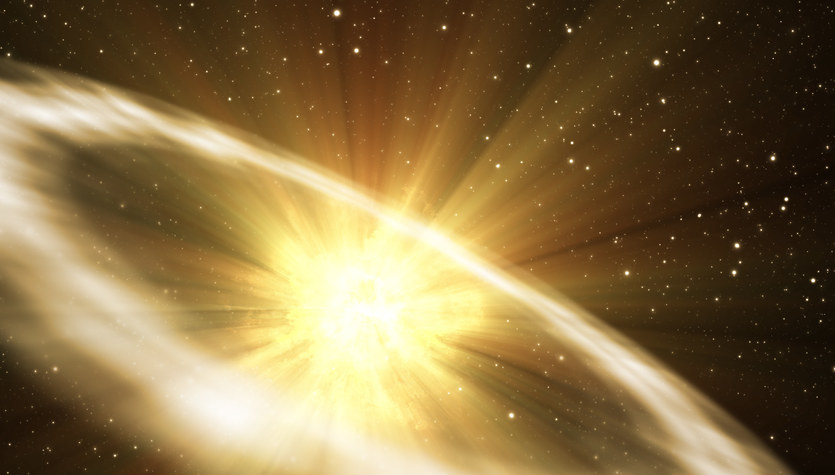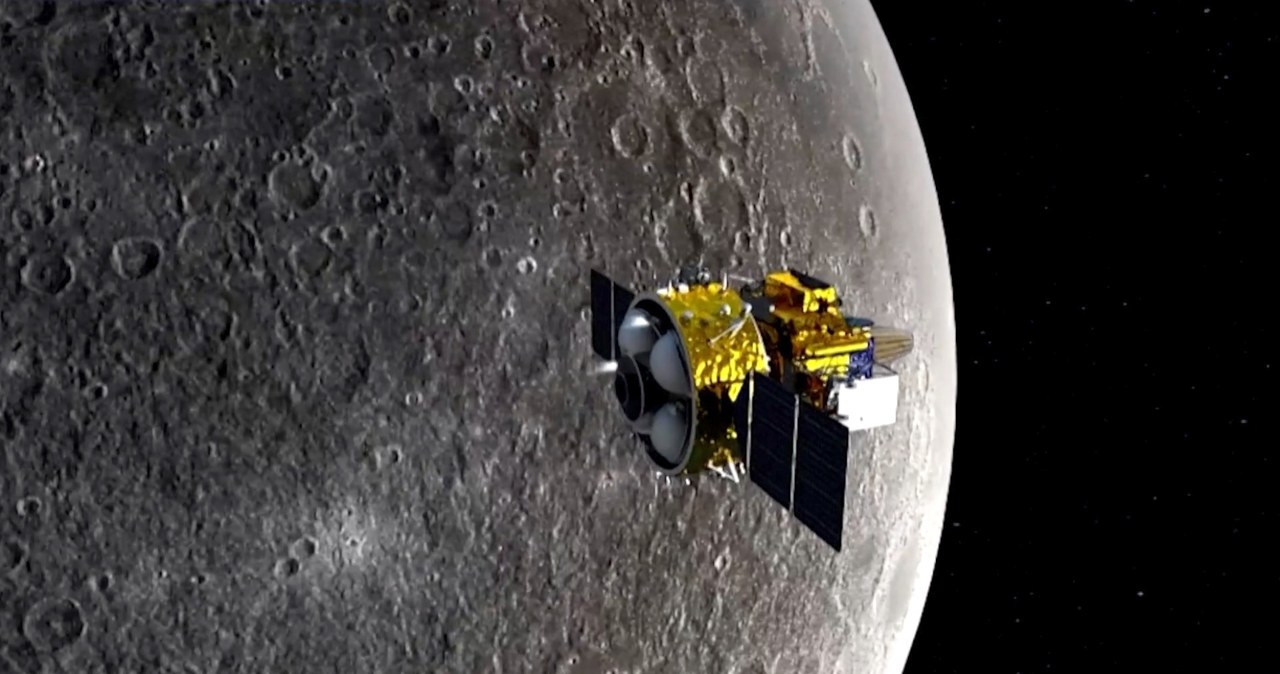The Very Large Telescope (VLT), one of the main instruments of the European Southern Observatory in Chile, recently detected a large dark patch in the atmosphere of this ice giant. Moreover, he was also able to see a second bright spot, this time, which is located next to a much larger and darker friend. And although we’ve been studying the solar system for centuries, these structures in the distant planet’s atmosphere remain a mystery to astronomers. And we still do not know how they are formed, why they appear and where they disappear. The latest data collected by the VLT will at least allow us to take a closer look at it.
As a rule, we are used to the presence of huge patches in the atmospheres of gaseous planets. After all, humanity has been fascinated by the Great Red Spot, a powerful anticyclone that blows through Jupiter’s atmosphere, for more than 350 years. However, Jupiter is 778 million km away from the sun and is the largest planet in the solar system. Neptune is actually smaller and six times farther away. So, the dark spot in Neptune’s atmosphere was first discovered only in 1989, when Voyager 2 flew around the planet.
Researchers from the University of Oxford I decided to take a closer look at the planet and see if the dark spots are a hole in the planet’s atmosphere. Instead, the dark spots were found to be caused by dark air particles in a layer below the visible haze layer. They come to the surface only in the process of mixing ice and fog particles in the two upper layers of the atmosphere.
Contrary to the appearance, reaching such a conclusion, or even attempting to investigate the matter, was not easy. The main problem is that dark spots in Neptune’s atmosphere are not permanent, so you have to get there when they are visible. Moreover, observing them in sufficient detail has been a serious problem until recently.
But in 2018, the Hubble Space Telescope detected several dark spots, including one in the northern hemisphere. Without hesitation, the researchers set to work with the MUSE instrument on the Very Large Telescope. MUSE was able to split the sunlight reflected from Neptune, including the sunspots, thus obtaining a three-dimensional spectrum of the entire object.
Due to the fact that radiation of different wavelengths reaches different depths in the planet’s atmosphere, scientists were able, using the spectrum of radiation reflected from it, to determine at what height in the atmosphere the dark spot is actually located and what it is chemically – it consists of .
Also read: There are mysterious temperature changes on the planet Neptune
The culmination of the whole project was the discovery of an extremely bright and unusual point, located not only next to a larger and darker point, but also at the same height as it. This is the first time that such a spot has been detected on Neptune, not only from Earth, but also from space. Therefore, it can be said that a completely new type of cloud was discovered by chance in the atmosphere of the ice giant.
On a larger scale, being able to see seemingly small structures in Neptune’s atmosphere from Earth’s surface proves that our ability to observe solar system objects is constantly growing, and this is very good news for us, because the solar system is like the oceans on Earth, although we get Despite the impression that it is within our reach, it is still largely unexplored.

Echo Richards embodies a personality that is a delightful contradiction: a humble musicaholic who never brags about her expansive knowledge of both classic and contemporary tunes. Infuriatingly modest, one would never know from a mere conversation how deeply entrenched she is in the world of music. This passion seamlessly translates into her problem-solving skills, with Echo often drawing inspiration from melodies and rhythms. A voracious reader, she dives deep into literature, using stories to influence her own hardcore writing. Her spirited advocacy for alcohol isn’t about mere indulgence, but about celebrating life’s poignant moments.






